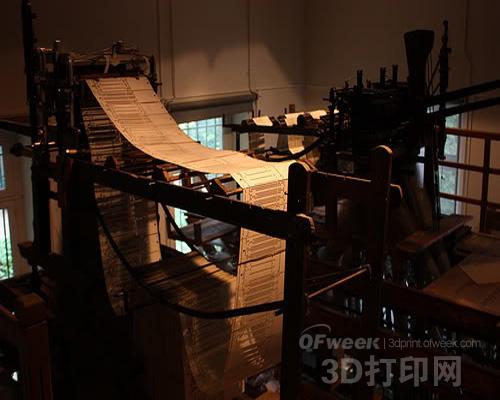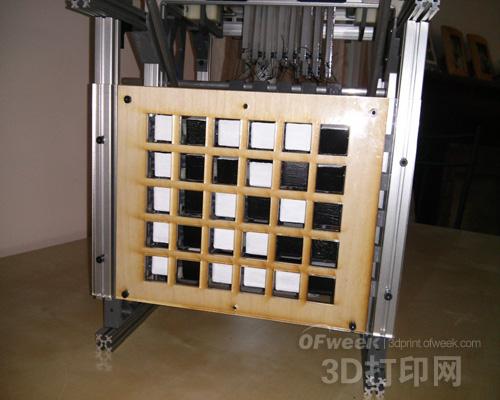New York City electrical engineer Chris Fenton plans to help design a supercomputer to pay his bills. When it comes to fun, the imaginative maker enters the steampunk machine, which makes him engrossed and happy. When Fenton shared his recent project on the MakerBot Thingiverse, he called it PixelWeaver, a fascinating, steampunk-style machine that relies partly on 3D printing . PixelWeaver is a fully mechanized, card-driven, inspiration inspired by William Gibson and Bruce Sterling in 1990, a novel called "The Unusual Engine," which presents another Separate history. This book is extremely important for establishing the custom style of steampunk. In the book, Victorian British inventor Charles Babbage built a mechanical calculator, an analysis engine. One of the machines mentioned in the story is Kinotrope. It consists of a large number of small cubes with different colors on each side; these small cube combinations can be dominated by a steam crank rotary mechanical transmission system or a differential machine (nominal computer) to dominate a particular color. Render physical pixels on a huge display panel. Driving Kinotrope is just one type of difference machine. As a computer engineer, and not a newbie, Fenton's working version of the novel inspired Kinotrope has two main components: 32 hooks, loom-style perforated card readers that can be mounted on a small loom or other On the device, but this device requires mechanical control, and 6 × 5 pixels, black and white display. As he said, the "chaotic nylon line" network connects two components that allow a card chain to make an arbitrary animation display. One of Fenton's previous projects was the Turbo Entabulator, which helped him better build PixelWeaver. In some unknown project practices such as this, he learned a lot from many successful and failed cases, so the experience gained from the Turbo Entabulator project is a technical guide to the PixelWeaver project. PixelWeaver's frame construction is mainly composed of a 15 mm x 15 mm extruded, converted T-slotted aluminum alloy. The M3 nut is embedded in the T-slot, which makes it easy to bolt and, if necessary, adjust the bolt. Fenton had previously tried to limit professional manufacturing, and as much as possible use 3D printing, he still made a breakthrough with PixelWeaver made by 3D printing combined with other methods. These pixel modules use 3D printing and also print a small four-tooth ratchet mounted on one side of each cube module using a 3D printer . The set of hole axes that are run through the cube module can be combined into pixel rows. Fenton has a thin ratchet mechanism mounted next to each data unit and bracket. When pulled back, the pixels can be switched. So how does PixelWeaver work? In a word, every pixel is assembled into a cube. The alternating faces of each cube are painted in black and white. Fenton said, "This design can actually be extended to coat the surface of small cubes with different colors, and also to measure the necessary order." Fenton said he still needs to do some "re-planning" to find out the design flaws on his machine and during the operation. This is really so extraordinary, fascinating and sacred hand-cranked, manpower-driven, and the end result may be much more than what you see. Pet Towel Pet Towel Changshu Juhao Clean Textile Co., Ltd. , https://www.juhaoclean.com



Beautiful 3D printing punk wind machine